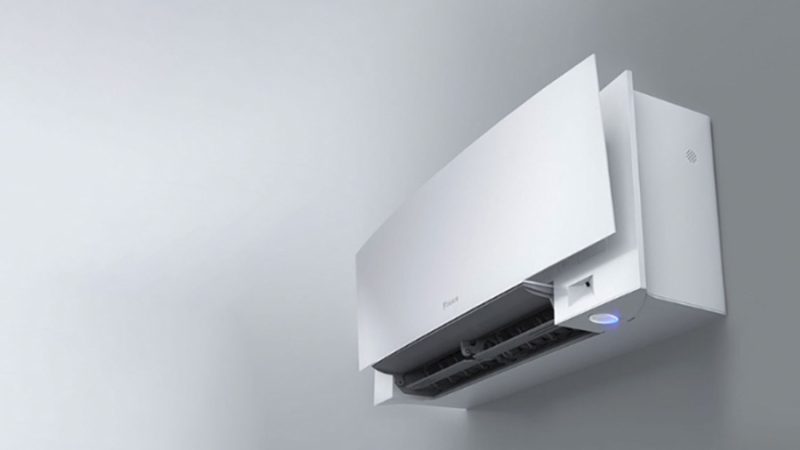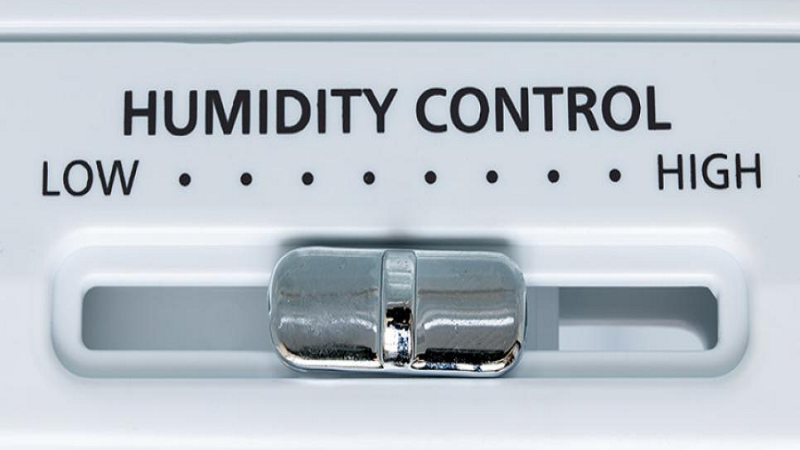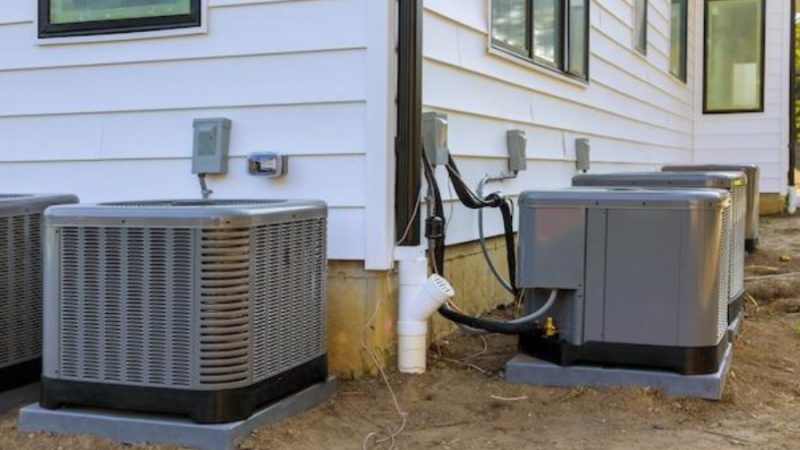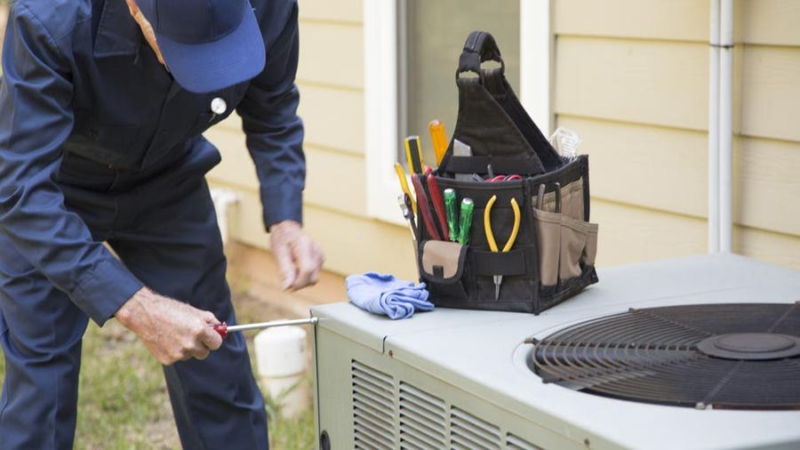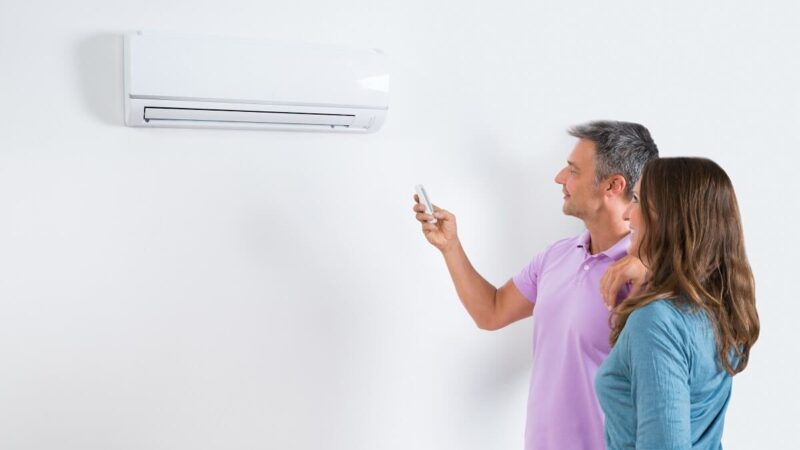Maximize Comfort: The Ultimate Guide To 3-Zone Mini Split Systems
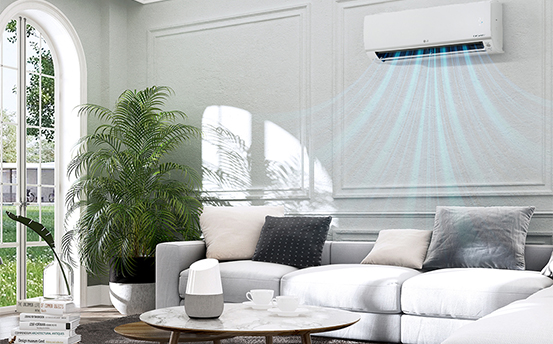
When it comes to achieving optimal home comfort, few solutions are as effective and versatile as the 3 zone mini split system. Whether you’re dealing with uneven temperatures in different rooms or looking to increase energy efficiency, these systems offer a tailored approach to heating and cooling. In this ultimate guide, we’ll explore the benefits, installation process, and maintenance tips for 3-zone mini splits to help you make an informed decision.
Understanding 3-Zone Mini Split Systems
A 3-zone mini split system consists of one outdoor unit connected to three indoor units installed in different areas or rooms. This setup allows you to control the temperature in each zone independently, providing personalized comfort throughout your home. Unlike traditional HVAC systems that rely on a single thermostat, 3-zone mini splits offer precise temperature control, reducing energy waste and enhancing overall efficiency.
How Do 3-Zone Mini Splits Work?
3-zone mini split systems use refrigerant to transfer heat between the indoor and outdoor units. The outdoor unit compresses and circulates the refrigerant through the indoor units, distributing warm or cool air as needed. Each indoor unit has its thermostat, enabling you to set different temperatures for each zone. This flexibility ensures that every room remains comfortable, regardless of external weather conditions.
Benefits of 3-Zone Mini Split Systems
Enhanced Comfort and Flexibility
One of the primary advantages of 3-zone mini splits is their ability to provide customized comfort. Whether you prefer a cooler bedroom at night and a warmer living room during the day, these systems allow you to adjust the temperature to suit your needs. This flexibility is especially beneficial in homes with multiple occupants who have varying temperature preferences.
Energy Efficiency
3-zone mini splits are renowned for their energy efficiency. By allowing you to heat or cool only the areas that are in use, these systems reduce energy consumption and lower utility bills. Traditional HVAC systems often waste energy by conditioning unoccupied rooms, but mini splits eliminate this inefficiency. Additionally, many 3-zone mini splits come with inverter technology, which adjusts the compressor speed to maintain a consistent temperature, further enhancing efficiency.
Easy Installation and Zoning
Installing a 3-zone mini split system is typically less invasive than installing a central HVAC system. Since mini splits don’t require extensive ductwork, the installation process is quicker and less disruptive. Moreover, the zoning capability of these systems makes them ideal for retrofitting older homes or adding climate control to new additions without the need for extensive renovations.
Installation Process of 3-Zone Mini Splits
Assessing Your Home’s Needs
Before installing a 3-zone mini split system, it’s essential to evaluate your home’s layout and heating/cooling requirements. A professional HVAC technician can conduct a load calculation to determine the appropriate system size and configuration. This step ensures that your mini split system operates efficiently and provides optimal comfort.
Choosing the Right Location
The placement of indoor and outdoor units plays a crucial role in the performance of your 3-zone mini split system. Indoor units should be strategically positioned to ensure even air distribution and avoid obstructions. The outdoor unit should be placed in a well-ventilated area, preferably away from direct sunlight and potential sources of debris.
Professional Installation
While some homeowners may attempt DIY installation, it’s recommended to hire a licensed HVAC contractor for this task. Professional installation ensures that the system is correctly sized, refrigerant lines are properly connected, and electrical components are safely installed. Additionally, many manufacturers require professional installation for warranty validity.
Maintenance Tips for 3-Zone Mini Splits
Regular Cleaning and Inspection
To keep your 3-zone mini split system running efficiently, regular cleaning and inspection are essential. Clean the filters and coils of the indoor units at least once a month to prevent dust buildup and ensure optimal airflow. Inspect the outdoor unit for debris and clean the fins to maintain efficient heat exchange.
Scheduling Professional Maintenance
Annual maintenance by a professional HVAC technician can extend the lifespan of your 3-zone mini split system. During these visits, technicians can check refrigerant levels, inspect electrical components, and identify any potential issues before they become major problems. Routine maintenance helps maintain the system’s efficiency and reliability.
Monitoring System Performance
Pay attention to any changes in your system’s performance, such as unusual noises, reduced airflow, or inconsistent temperatures. Addressing these issues promptly can prevent costly repairs and ensure continuous comfort in your home.
Conclusion
A 3-zone mini split system is an excellent investment for homeowners seeking customized comfort, energy efficiency, and easy installation. By understanding how these systems work, the benefits they offer, and the importance of proper installation and maintenance, you can maximize the comfort and efficiency of your home. Whether you’re upgrading your existing HVAC system or looking for a solution for a new addition, a 3-zone mini split system is a versatile and efficient choice that will keep your home comfortable year-round.


